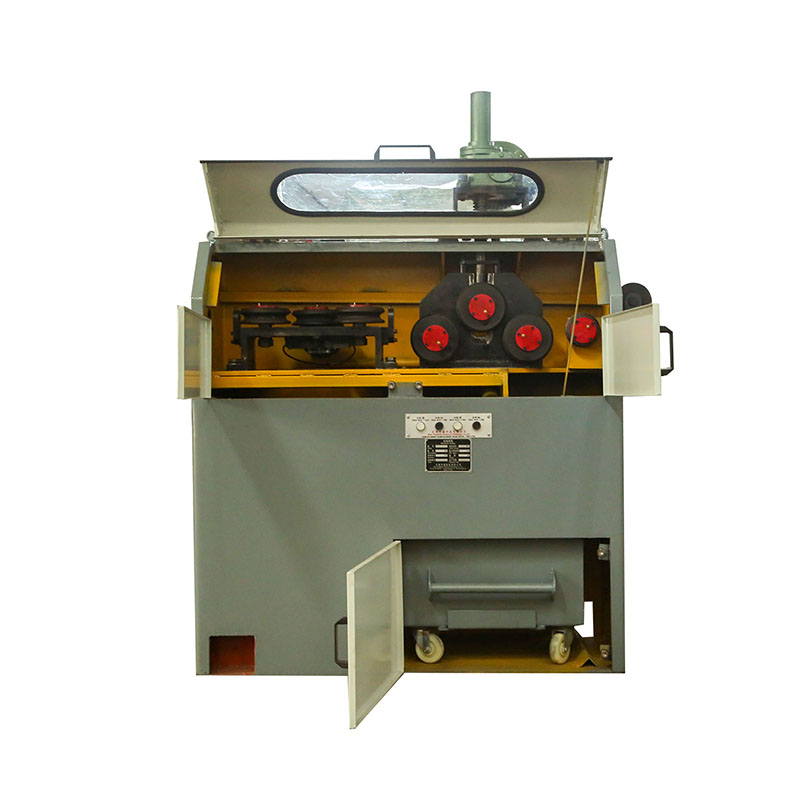How does the wire surface treatment production line improve the performance and quality of wires?
In modern industrial manufacturing, wires are core components for power transmission and signal transmission, and their performance and reliability are directly related to the operating efficiency of the entire system. In order to meet the needs of different application scenarios, the surface treatment technology of wires has become particularly important. The wire surface treatment production line (Wire Surface Treatment Line) uses a series of advanced process flows to coat, plate or chemically treat the wires, thereby significantly improving their corrosion resistance, conductivity and mechanical strength. This technology not only optimizes the function of the wires, but also extends their service life, becoming an indispensable part of the wire manufacturing field.
The importance of wire surface treatment
Wires often face challenges in harsh environments during use, such as humidity, high temperature, salt spray, etc. These external factors may cause oxidation, corrosion or even breakage on the wire surface, thereby affecting its performance. Surface treatment can effectively solve these problems:
Enhance corrosion resistance
Surface treatment can form a protective film on the surface of the wire to prevent erosion by moisture, oxygen and other corrosive substances. For example, galvanizing is one of the common anti-corrosion methods and is widely used in power cables and communication cables.

Improve conductivity
For some wires that require high conductivity, surface treatment can reduce contact resistance and improve current transmission efficiency by silver plating, tin plating, etc.
Increase mechanical strength
Some surface treatment processes can also enhance the wear resistance and tensile strength of wires, making them more suitable for use in complex environments.
Aesthetics and identification functions
Surface treatment can also give wires a specific color or texture, which is easy to identify and classify, while improving the appearance quality of the product.
Working principle of wire surface treatment production line
Wire surface treatment production line usually consists of multiple modules, each module is responsible for different processing steps to ensure that the final product meets the expected quality standards. The following is a typical process flow:
Cleaning and pretreatment
Before entering the formal treatment, the wire needs to be thoroughly cleaned to remove oil, oxides and other impurities on the surface. This step usually adopts methods such as pickling, alkaline washing or ultrasonic cleaning.
Coating or plating
Different surface treatment methods can be selected according to application requirements. For example, hot-dip galvanizing is used to improve corrosion resistance; electroplating of nickel or chromium can enhance wear resistance; coating of polytetrafluoroethylene (PTFE) is used to reduce the coefficient of friction.
Curing and Drying
After the coating or plating is completed, the wire needs to be cured or dried in a heating furnace to ensure that the coating is firmly attached to the surface.
Inspection and Packaging
Finally, the production line will conduct strict quality inspections on the treated wires, including thickness measurement, adhesion test and corrosion resistance test. Qualified products will be cut, wound and packaged for shipment.
Diversity of Application Fields
The application range of wire surface treatment production lines is very wide, covering almost all industries that require wires:
Power Industry
Cables in high-voltage transmission lines and distribution systems need to have excellent weather resistance and corrosion resistance, and surface treatment technology provides reliable guarantee for this.
Automobile Manufacturing
In automotive electrical systems, wires need to withstand complex conditions such as vibration, high temperature and humidity. Surface treatment can significantly improve the durability and reliability of wires.
Electronic Equipment
The fine cables in precision instruments and consumer electronics require high conductivity and low signal loss, and silver or gold plating can meet these requirements.
Aerospace
The aerospace field has extremely high requirements for lightweight and high performance of materials, and wire surface treatment technology can help achieve this goal.
Development Trends and Future Outlook
With the advancement of science and technology, the wire surface treatment production line is also constantly innovating. The application of intelligent and automated technologies has greatly improved production efficiency while reducing human errors. In addition, the research and development of environmentally friendly surface treatment processes has also become an important direction for the industry, such as the application of chromium-free passivation technology and water-based coatings, which aims to reduce the impact on the environment.
The wire surface treatment production line is not only an important part of modern manufacturing, but also a key force in promoting the advancement of wire technology. In the future, with the continuous emergence of new materials and new processes, this technology will continue to provide more efficient and reliable solutions for all walks of life, and help the sustainable development of global industry.


 EN
EN
 English
English Español
Español Français
Français Português
Português عربى
عربى














